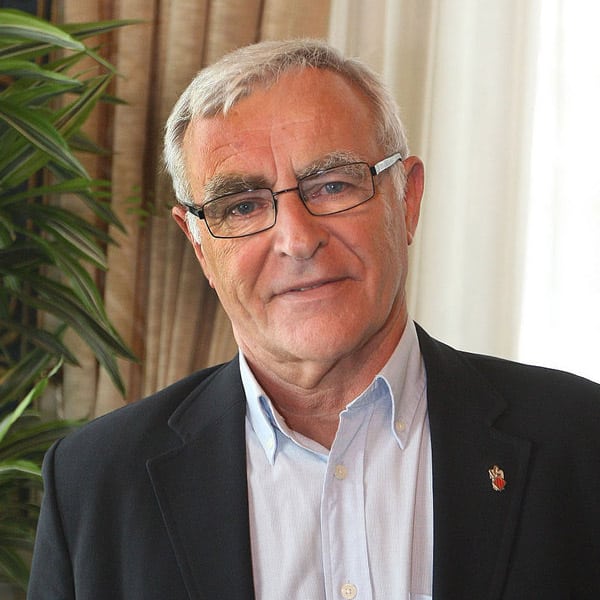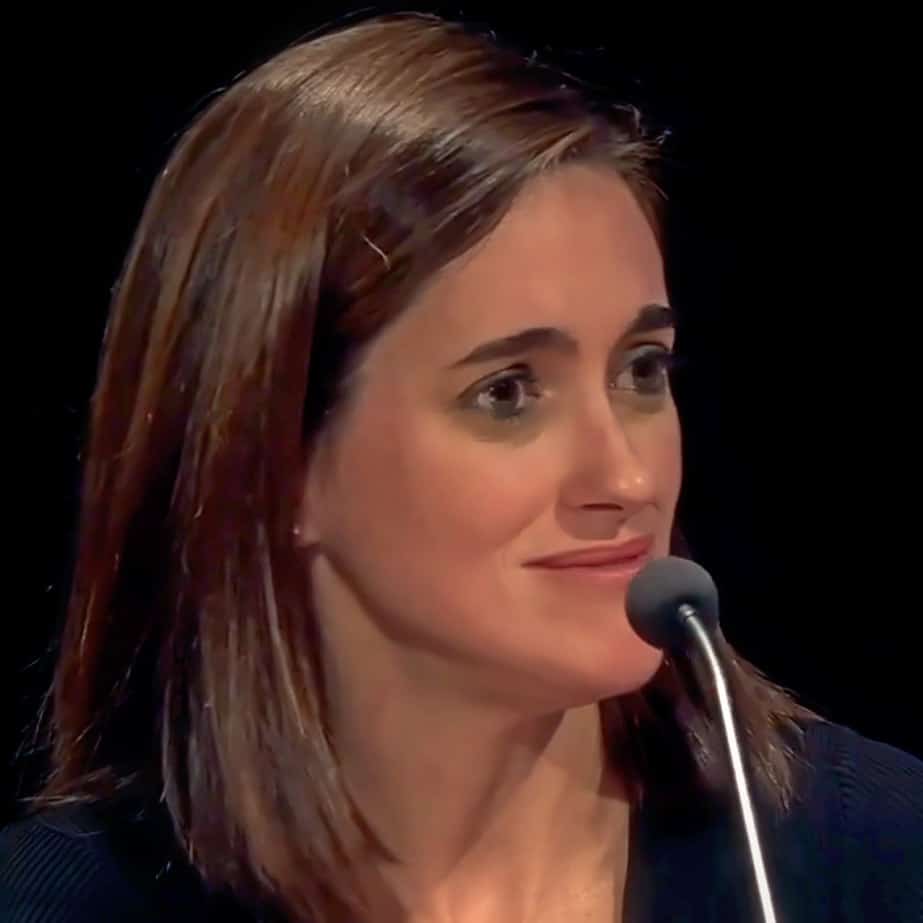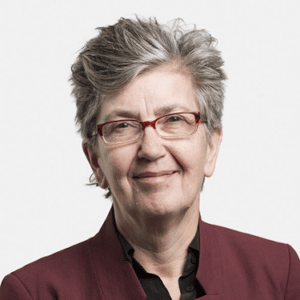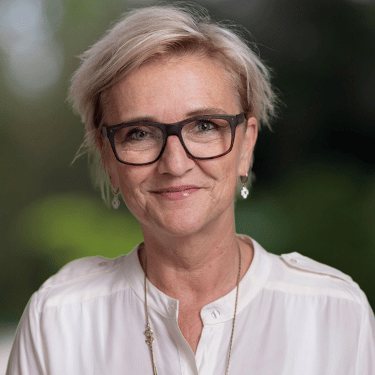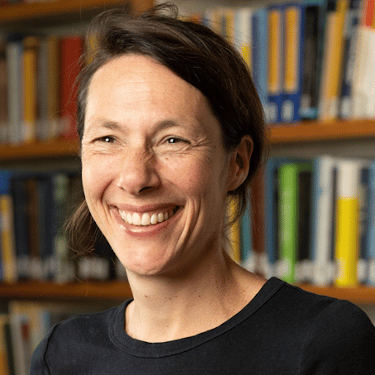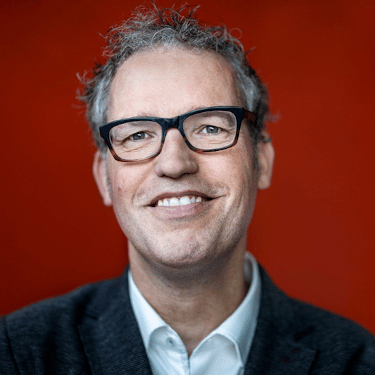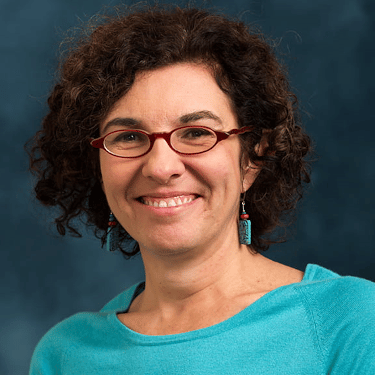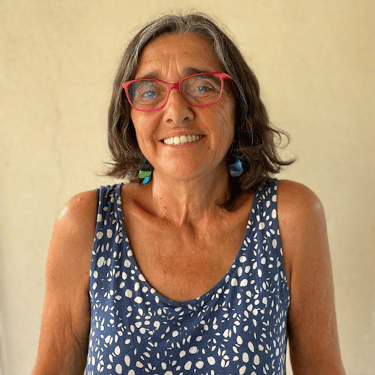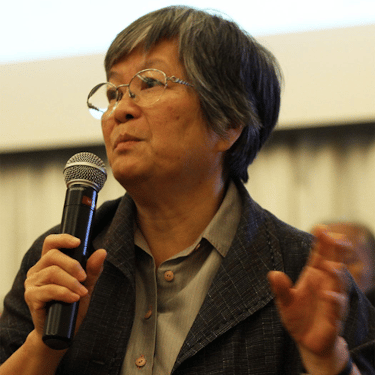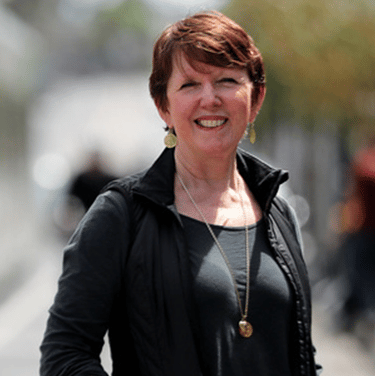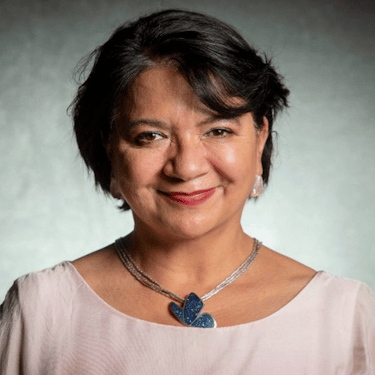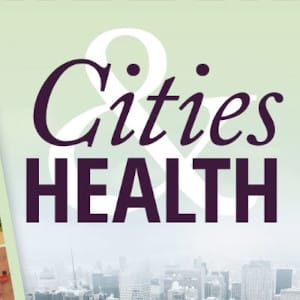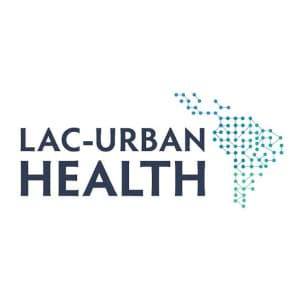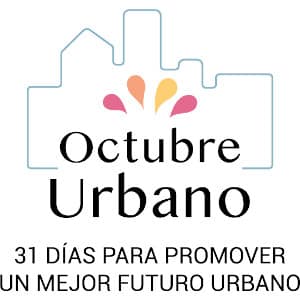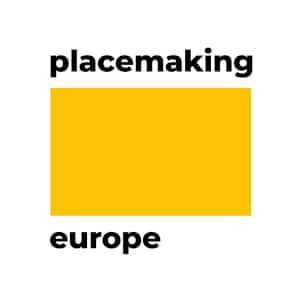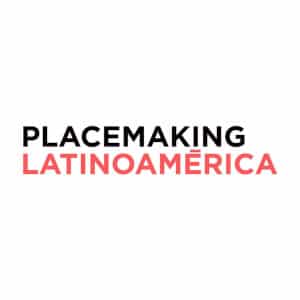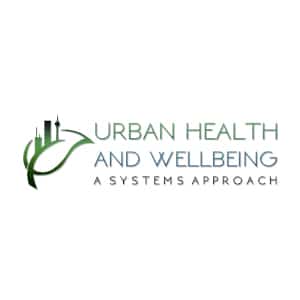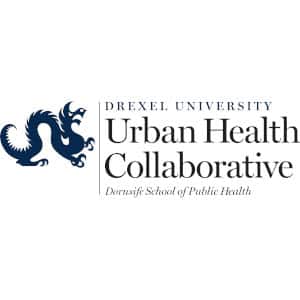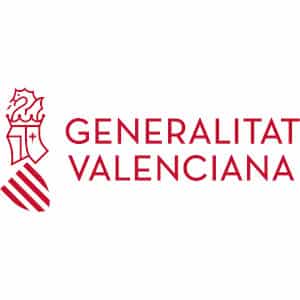ICUH2022 - Valencia, Spain
Conference Themes
18th International Conference on Urban Health
October 24-27, 2022
The overall theme for ICUH 2022 was Growing Our Global Community. Driving Action. Ensuring Equity. Individual themes included the following:
Conference Materials

Program
During this year’s conference, we connected all global stakeholders working within the urban health realm to drive action and ensure equity across cities and regions.
We explored how urban health can connect with other urban and global agendas, such as climate change, planetary health and sustainable development. We explored models for engagement and empowerment, prioritizing and defining equity across communities, how biodiversity and natural elements can play a role in healthy urban futures, and ways to reduce climate impacts for all.
Video Highlights
ICUH2022 OVERVIEW
Through its annual International Conference on Urban Health (ICUH) and program activities, the ISUH serves as a platform for interdisciplinary academic researchers and educators, practitioners and policymakers from multiple sectors in government and the private sector.
ABOUT VALENCIA
With a privileged location by the Mediterranean Sea, Spain’s third largest city offers a mild, sunny climate and plenty of green spaces to exercise or simply enjoy life al fresco. ICUH 2022 included a lovely guided bike tour and visit to the Parque Natural de la Albufera nature reserve.
Venues
Botanical Garden of the Univ. of Valencia
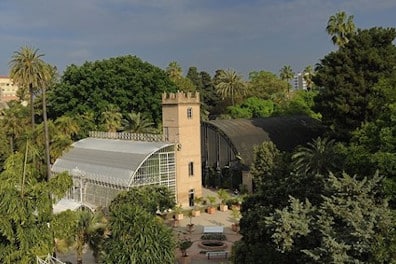
EL BOTÁNICO: A PLACE OF SCIENCE, CULTURE AND NATURE
The Botanical Garden of the University of Valencia is a living museum located in the historical centre of the city, which is open to the public and aims to let people connect with the plant world by fostering study, teaching, dissemination and conservation, as well as its sustainable use. Maps >
Petxina Sports and Cultural Complex
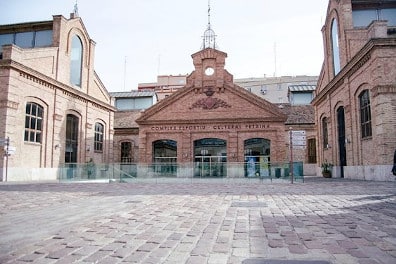
La Petxina is currently a sports and cultural complex, located in the Paseo de la Petxina in Valencia. The building is from 1895, developed by the Valencian architect Luis Ferreres Soler. It is considered his most important work and a benchmark of Valencian civil architecture between the late nineteenth and early twentieth centuries. The building occupies a total area of 12,875 square meters and originally served as a slaughterhouse. Maps >


